We’re sorry to have to break this to you, but count back half a century and we find ourselves firmly within the decade that taste forgot. Actually, looking at the cars from the 1970s would suggest that what we drove was considerably more appealing than what we were wearing, you can’t fail to miss when browsing the vehicles that emerged 50 years ago.
We had it good, with a mix of the humble and the exotic spanning everything from Italian supercars to British luxury, all rubbing shoulders with some of the best-selling people’s cars from both the UK and Italy. There’s also technical intrigue from Japan, the British sports car industry delivering on its lightweight promise, and a pair of French fancies that illustrate the decade’s love of the coupé.

The collection below is by no means comprehensive, but it’s a snapshot of the year that was 1971 – and several here will no doubt invite further investigation as the year goes on.
Alfa Romeo Alfasud
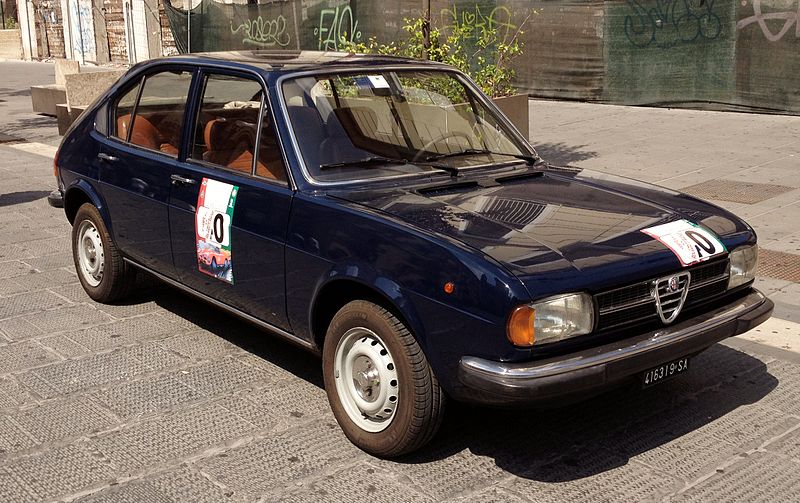
Of anything on this list the Alfa Romeo Alfasud is probably hardest to comprehend reaching its half-century. Perhaps that’s because the nameplate persisted until almost the 1990s in Sprint form, but it could also be because the best designs always seem to age at a slower rate. The Alfasud was conceived in part to bring employment to the impoverished south of Italy, hence its name, but it was far from a throwaway project. The front-wheel drive model used a sophisticated flat-four engine and a nimble chassis, giving it a reputation as one of the sweetest-handling front-wheel drive models of the era.
Today it’s unfortunately known as much for its propensity to corrode as its abilities, but the car still has a loyal following – one that appreciates the Sud’s excellent handling, spry engine, and a relatively accessible price tag compared to many other classic Alfa Romeos. However, those values are changing; a 1.3 Ti in concours condition is now nearly £15,000 in the Hagerty Price Guide.
Alpine A310
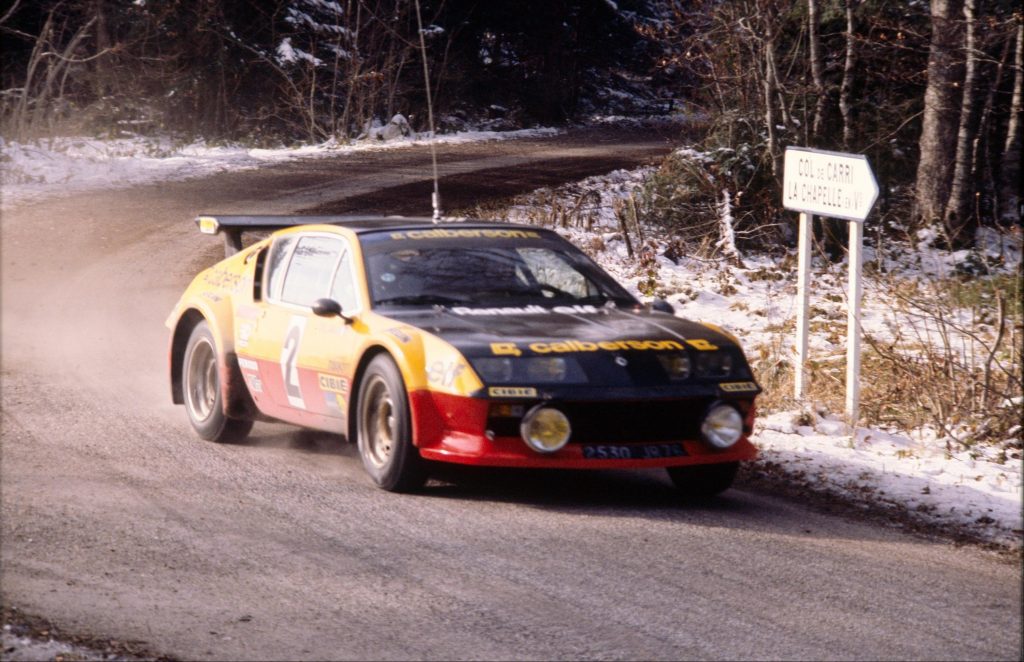
Ten years after Alpine launched the A110 – a car subsequently reimagined in 2017 following the brand’s revival under Renault in the 2000s – it debuted the A310, a car as distinctly from the 1970s as its predecessor was an archetypal 1960s shape. While visually quite different, early A310s were mechanically similar to the smaller car, initially using a rear-mounted four-cylinder producing 125bhp.
The two were sold alongside each other until the A110’s disappearance in 1977, but a year earlier the A310 had moved upmarket with the installation of the “PRV” V6 first installed in the Volvo 264 and Renault 30. It’s easy to distinguish between four- and six-cylinder cars: the fours had a bank of six headlights behind their Perspex covers, while the sixes used only four. (Yes, we know that seems the wrong way round…) Early A310s now start from around £20,000.
Clan Crusader
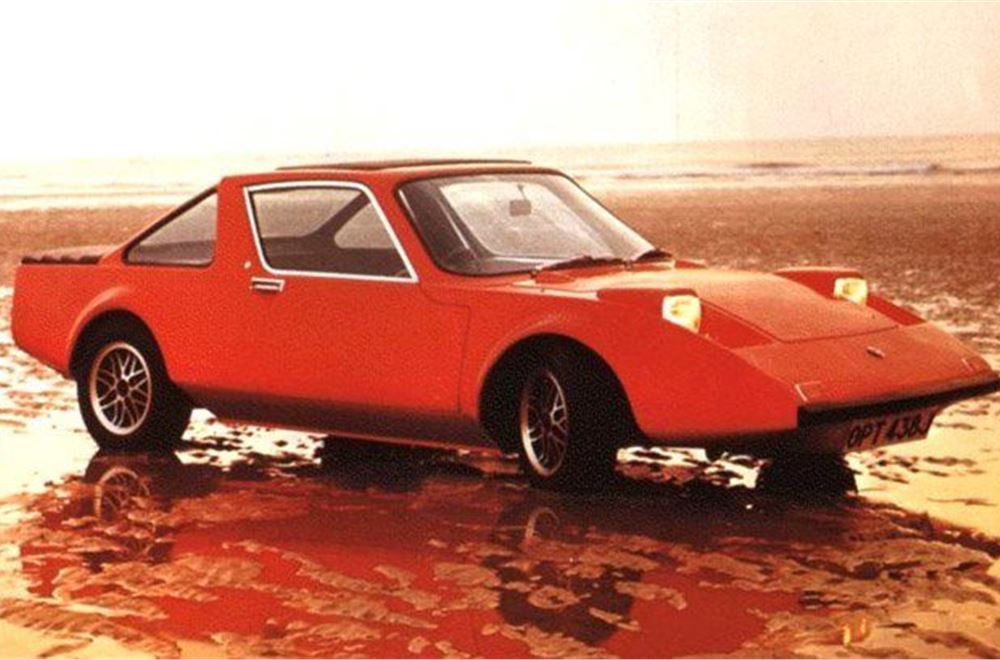
A fibreglass-bodied coupé with a mid-mounted engine borrowed from a conventional production car. That description probably covers half the sports cars the British car industry has ever made, but in this particular instance it’s the Clan Crusader celebrating its golden anniversary, a tiny wedge-shaped beast hailing from County Durham.
The Crusader has sprung up several times in small-scale production from kit-car concerns, but the initial run lasted from 1971 until 1974, with only 315 produced during that time. It used the Coventry Climax four-cylinder from a Hillman Imp Sport, good for little more than 50 horsepower, but also tasked with pushing along just 615kg. With your cheeks skimming along inches above the road surface, it’s something of a car-sized go-kart. With prices starting at little over £2000 they offer tremendous value for money – and a tremendous sense of stepping back into the ’70s.
Ferrari 365 GTC/4
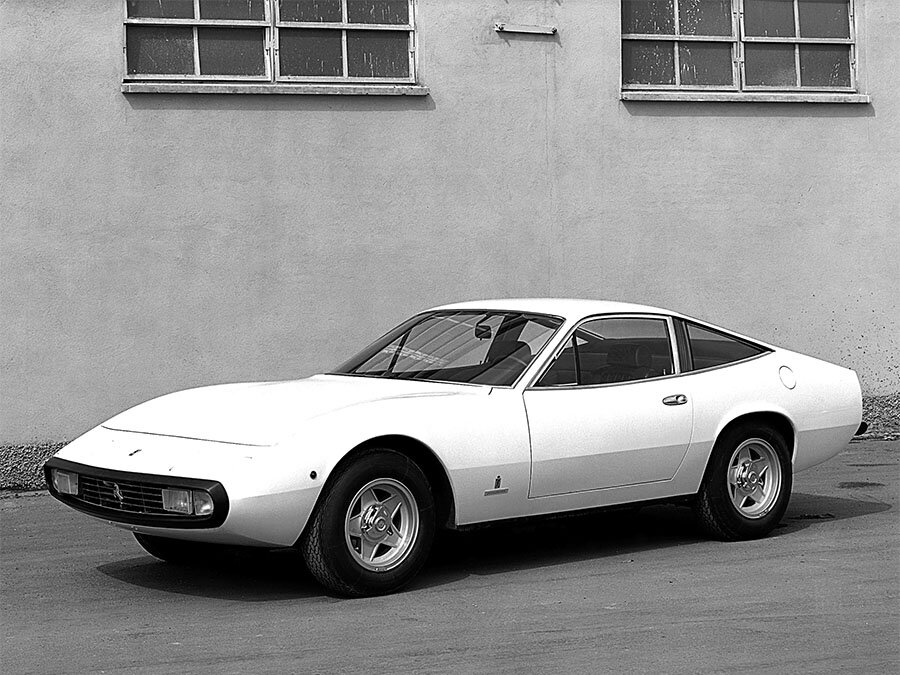
Ferrari’s “Daytona” is the better-known of its 365 range, but those in the know rate the rarer GTC/4 just as highly – and to more than a few eyes it’s also the prettier of the pair. The GTC/4 was effectively a 2+2 version of the Daytona, its styling still penned at the Pininfarina studio, but by Filippo Sapino rather than Leonardo Fioravanti.
It was designed to ferry a couple and their luggage from one end of Italy to the other, so the GTC/4 doesn’t boast the Daytona’s competition heritage, nor an evocative name granted through success on the track. But that low profile means a concours GTC/4 is about half the price of a Daytona these days. Its 4.4-litre V12 is directly connected to the transmission too, in contrast to the Daytona’s transaxle layout. Power steering was standard – a welcome relief for those used to muscling around a Daytona.
Fiat 127
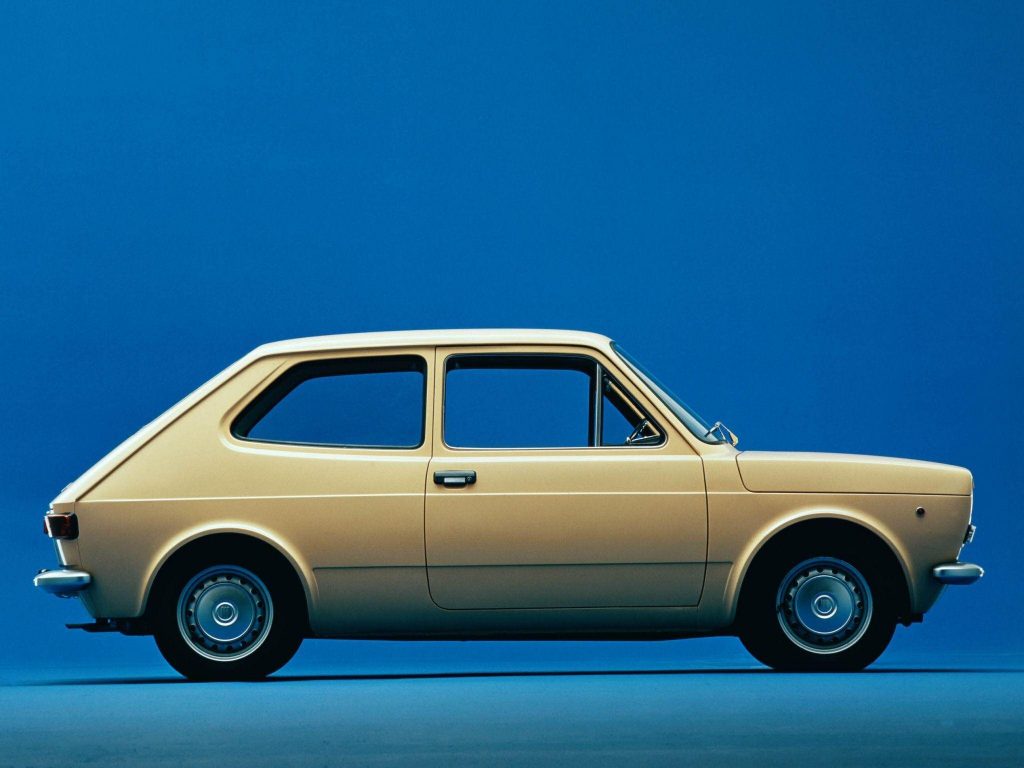
The 127 is hugely significant for Fiat, having replaced the successful Fiat 850. It became one of Europe’s first “superminis,” predating the Renault 5 by a year, and the Ford Fiesta and Volkswagen Polo by nearly half a decade.
It was front-wheel drive too, marking a significant change from its predecessor, and while the 127 never gained the multitude of variants of the 850 (there was no Spider nor Coupé this time around), it did boast higher performance and, from 1978, a Sport model with a punchy 1-litre, 70bhp engine and a striking and gloriously 1970s black and orange colour scheme. The Hagerty Price Guide puts excellent early models around the £5000 mark, with later Sports valued similarly.
Maserati Bora

The name was ignominiously used on the back of a Volkswagen saloon in the 1990s, but to most enthusiasts Bora means Maserati, and one of the prettiest sports cars to emerge from Italy during the period.
One of surprising technological ingenuity too. Mid-engined layouts were nothing new for the industry by 1971 but for Maserati it was a leap into the blue, and its longitudinally-mounted V8 engine – first 4.7 litres, with a 4.9-litre variant arriving later – was clothed in a steel, Giugiaro-designed body supported by independent suspension at all four corners. There was even an element of then-owners Citroën in the Bora, as it used high-pressure hydraulics to control the brakes, the pop-up headlights, driver’s seat height adjustment and even the pedal box adjustment. Boras now range between £50,000-£150,000 depending on condition.
Mazda Savanna RX-3
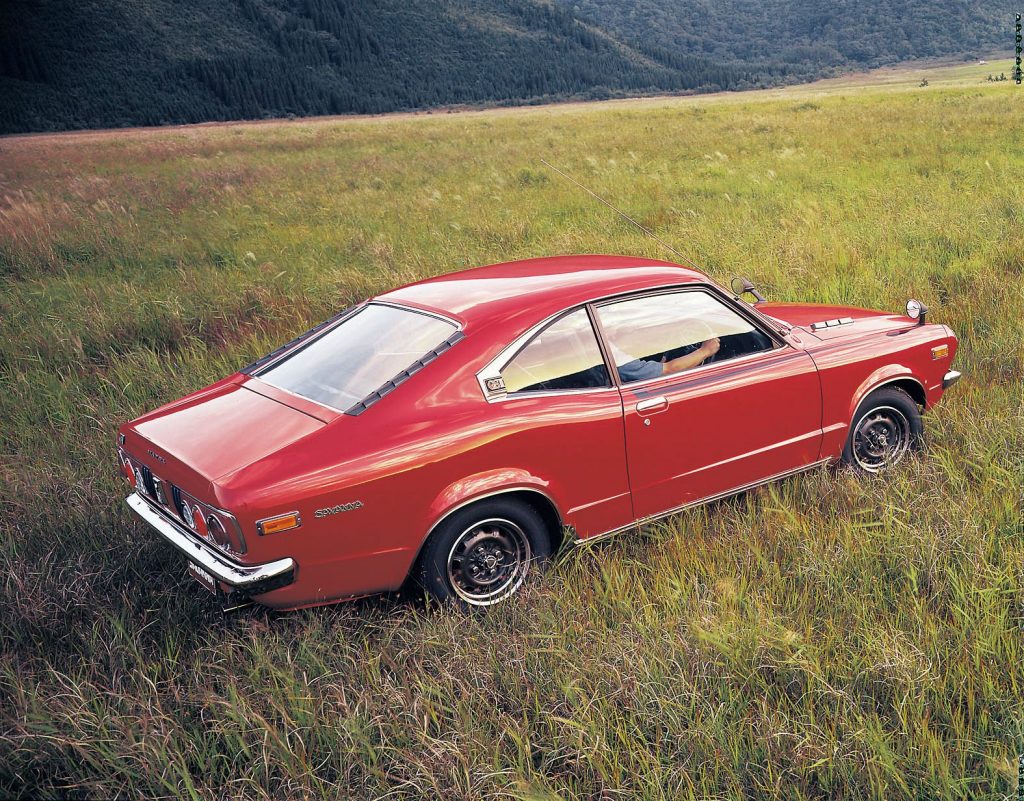
The spiritual predecessor to today’s Mazda 3 looked rather different in the 1970s, and not just because of changing styling trends over the years. The 3 can trace its lineage back to the Mazda Familia of the 1960s, a spin-off of which – the Grand Familia – became the Savanna RX-3, was rear-drive, and powered by a feisty rotary engine.
Mazda had dabbled in rotaries since the mid 1960s but by the 1970s it was installing the Wankel engine in almost everything. By the end of the decade a rotary would also see service in the Roadpacer full-size saloon, the Parkway bus, and the REPU light-duty pickup. The RX-3 was the big seller though, surviving the fuel crisis despite its less than stellar fuel economy, and would eventually make way for Mazda’s most famous rotary model of all: the RX-7.
Morris Marina
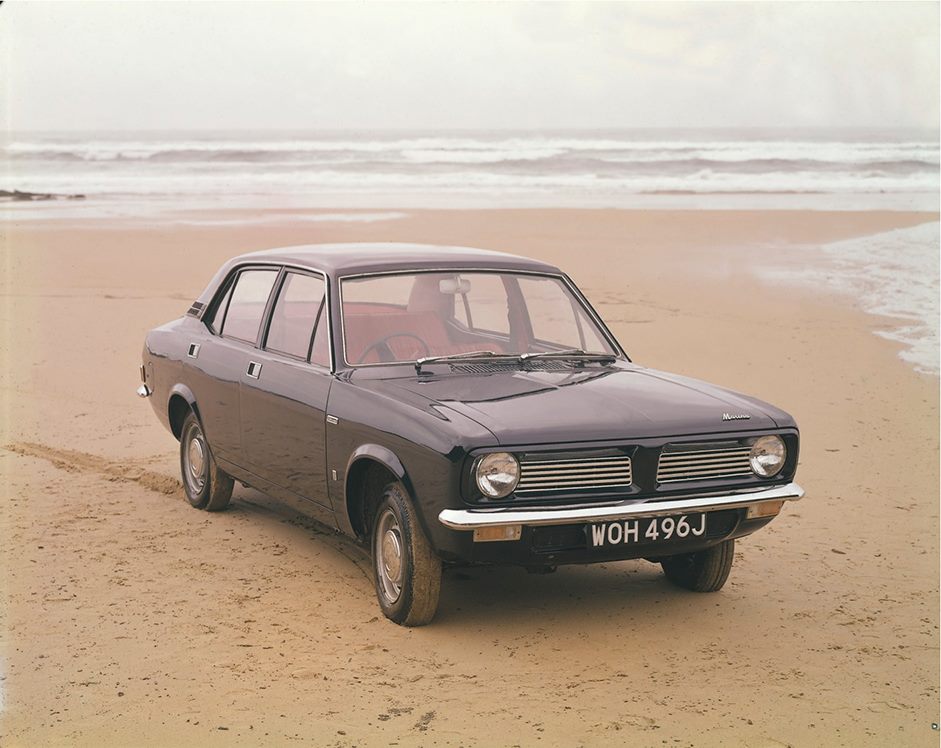
Few cars from any nation are as maligned as the Morris Marina. Perhaps now, on the 50th anniversary of the first Marinas hitting the road, it’s time to reassess what was a successful car for both the Austin brand and for British Leyland as a whole during the period, regardless of the mixed reviews of the time.
There was nothing particularly innovative about the Marina, even next to other cars emerging from BL at the time – you could pop into the Austin dealership next door and emerge with the hatchbacked, front-drive and Hydragas-suspended Maxi, which made the stodgy live-axle Marina look old hat, even in Coupé form. It was also a car that suffered several issues despite attempting to play things safe, but that hasn’t stopped it from attracting a loyal band of enthusiasts in the modern era. Few cars are more welcome at the Hagerty Festival of the Unexceptional.
Renault 15/17
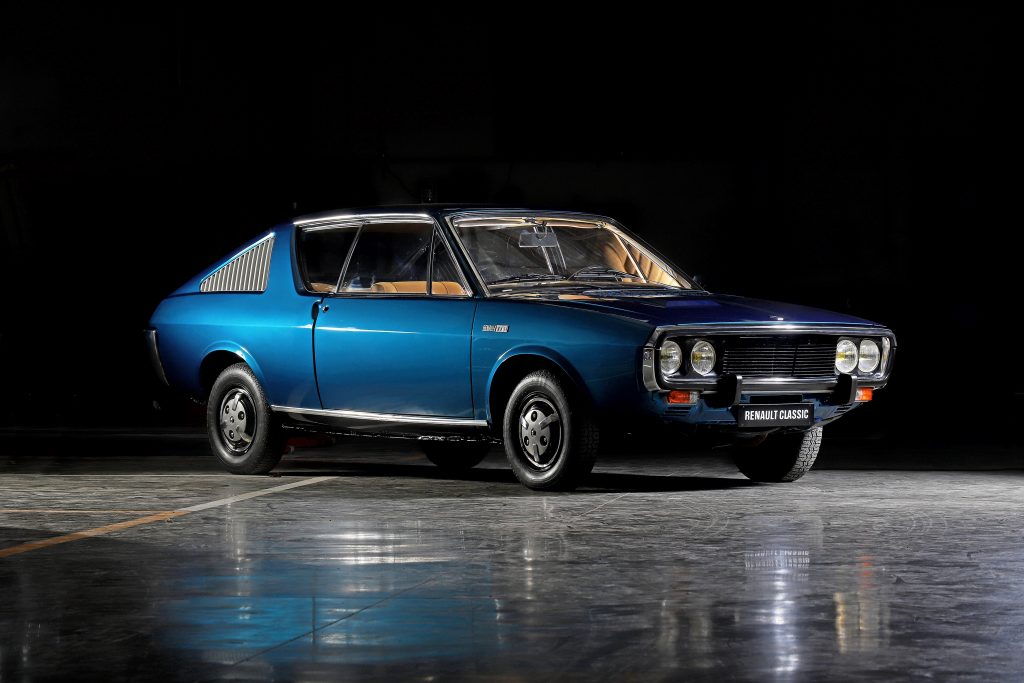
It’s hard to believe given the desertification of the coupé class over the past few decades, but in 1971 Renault launched not one but two new coupés. Spun from the front-wheel drive platform of the quirky but highly-regarded Renault 12 family car, the 15 and 17 were largely the same under the skin, distinguished by their sleek styling.
There was a hint in the 15 and 17 of the Transatlantic look attempted by Morris with the Marina, but it’s fair to say Renault got closer to the mark. The 15’s cabin was glassy, with slim rear pillars and a fairly conventional profile, while the 17 had a more exotic look, with pillarless doors, a wide and slatted rear pillar, and a racy cabin with a quartet of hooded dials. They’re rare today, but those that remain are worthy of preservation.
Rolls-Royce Corniche
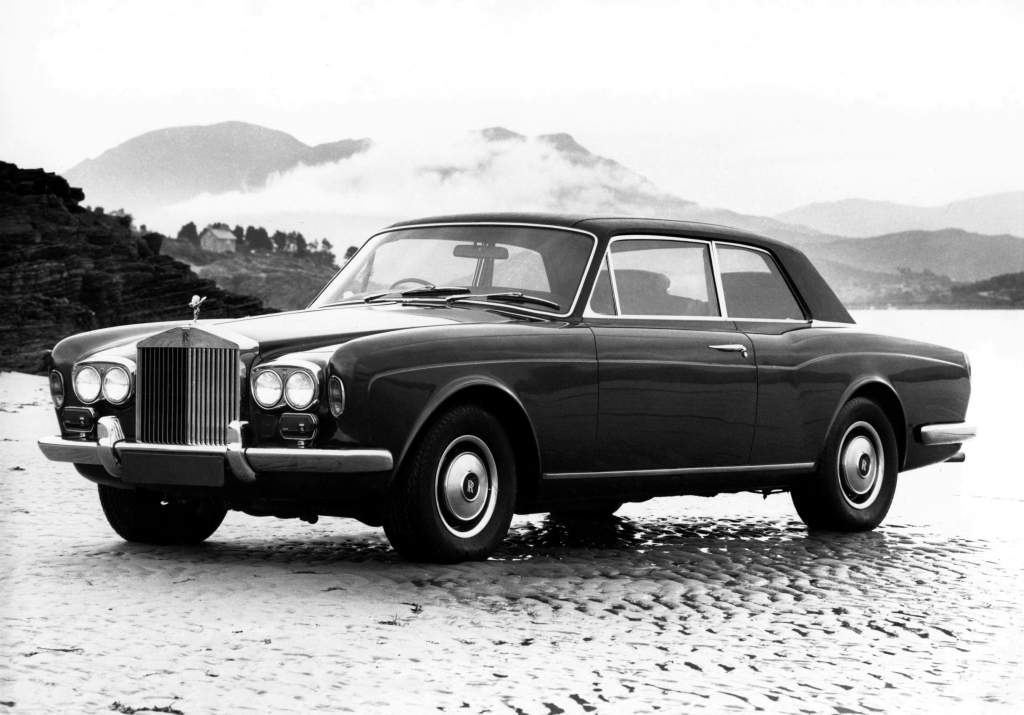
It’s heartening that while most other manufacturers are slowly abandoning coupés and even convertibles in many segments, you can still saunter into your local Rolls-Royce concessionary and order the Wraith coupé or the Dawn drophead.
Each could be described as the spiritual successor to the Corniche, which celebrates its 50th year in 2021. Launched as both a hardtop coupé and a convertible, shared with Bentley and derived from the Mulliner Park Ward variants of the 1960s Silver Shadow, the Corniche was, and perhaps still remains, the ultimate boulevard cruiser, powered by the famous six-and-three-quarter litre V8 and gliding along on self-levelling suspension. Values today put a usable condition 4 car at £21,200, rising to £77,600 for a concours example.

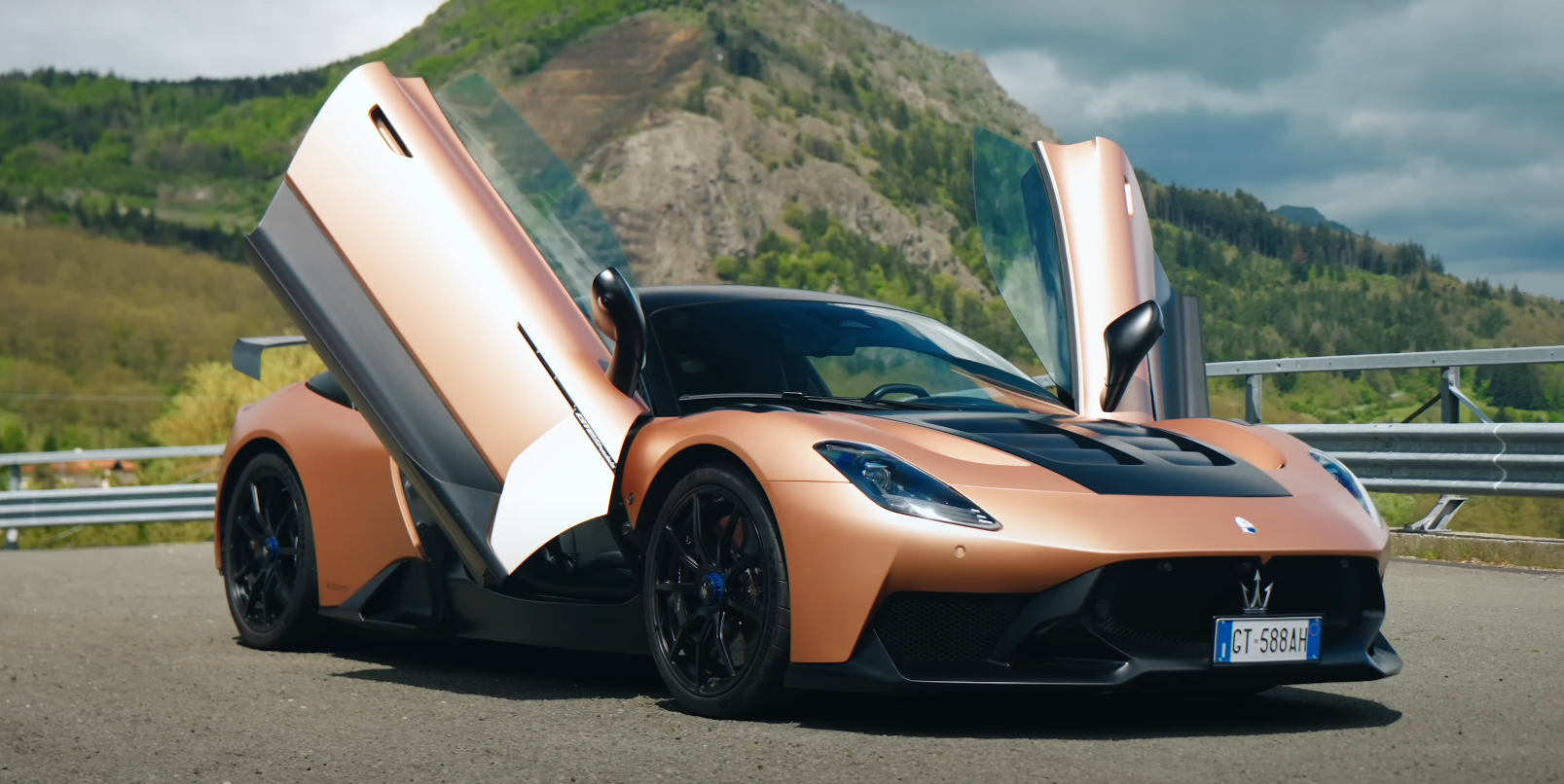
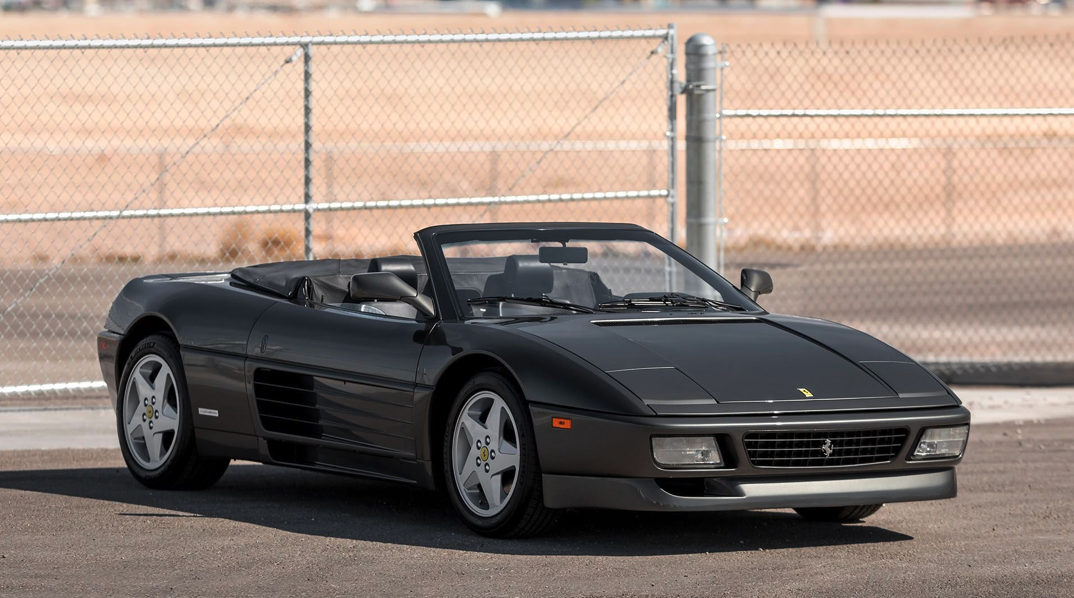
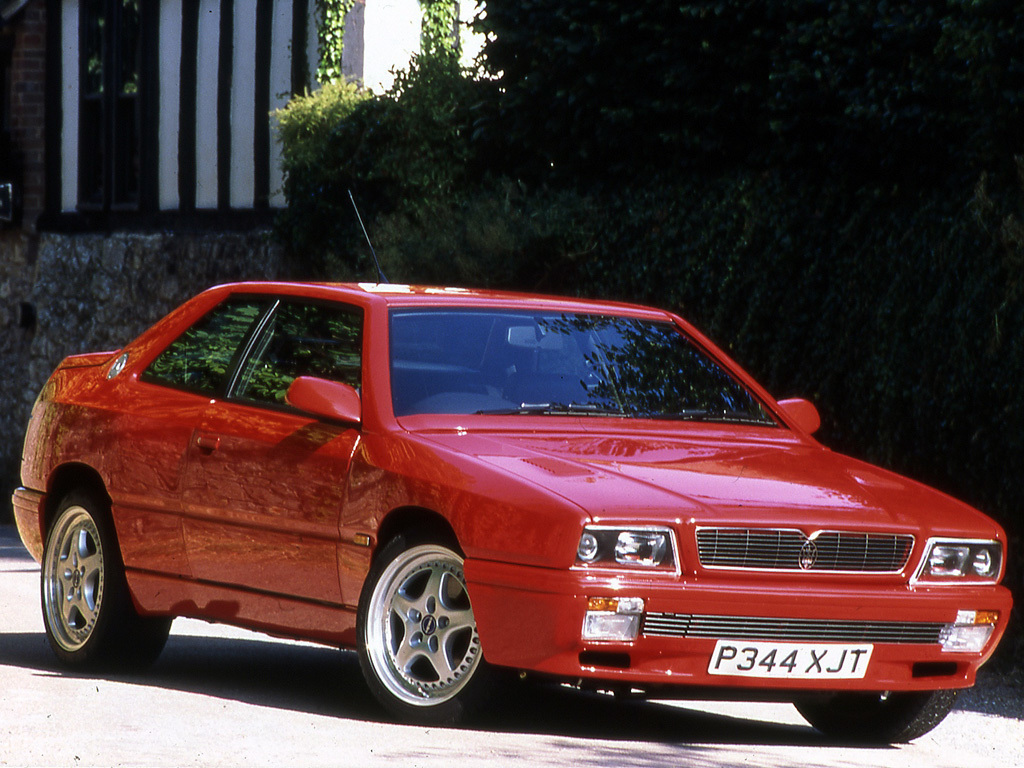






I am a fan of vintage cars that remind us of the good old days.
good initiative
thank you